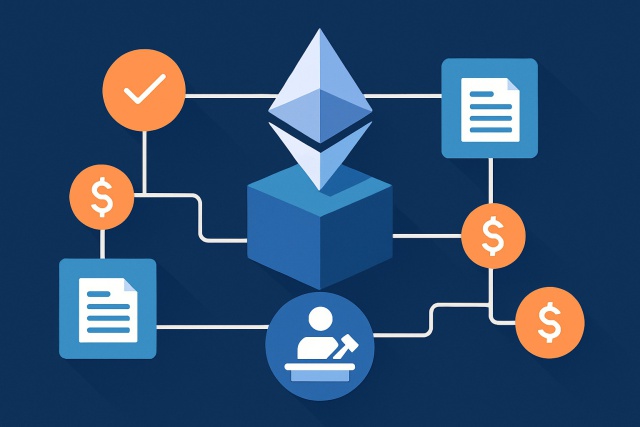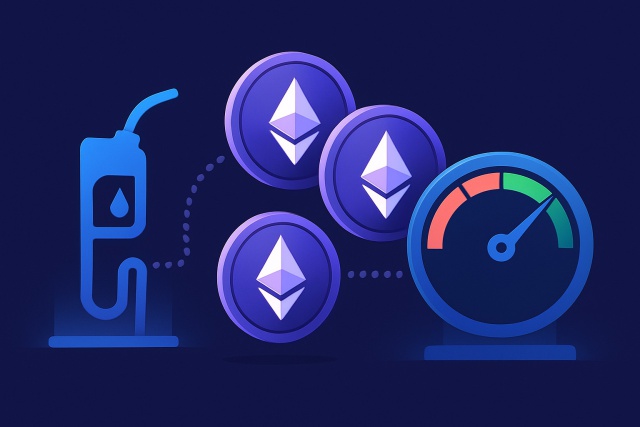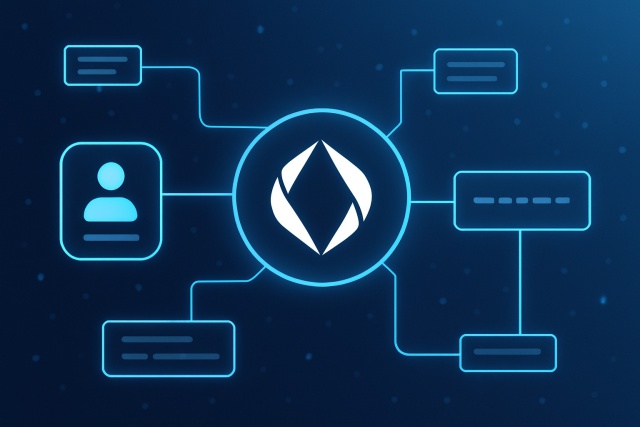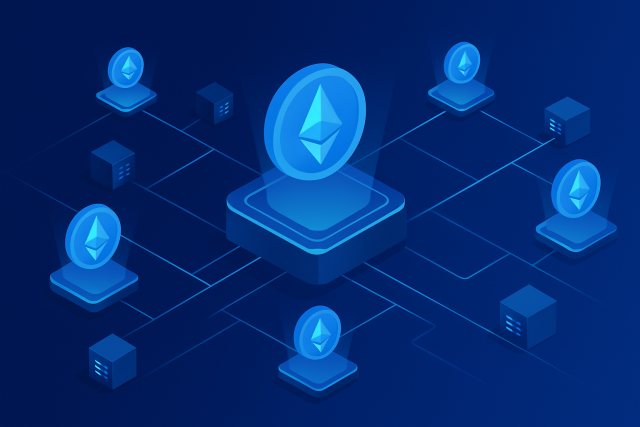What Is Ethereum 2.0 Compared to the Original Chain?

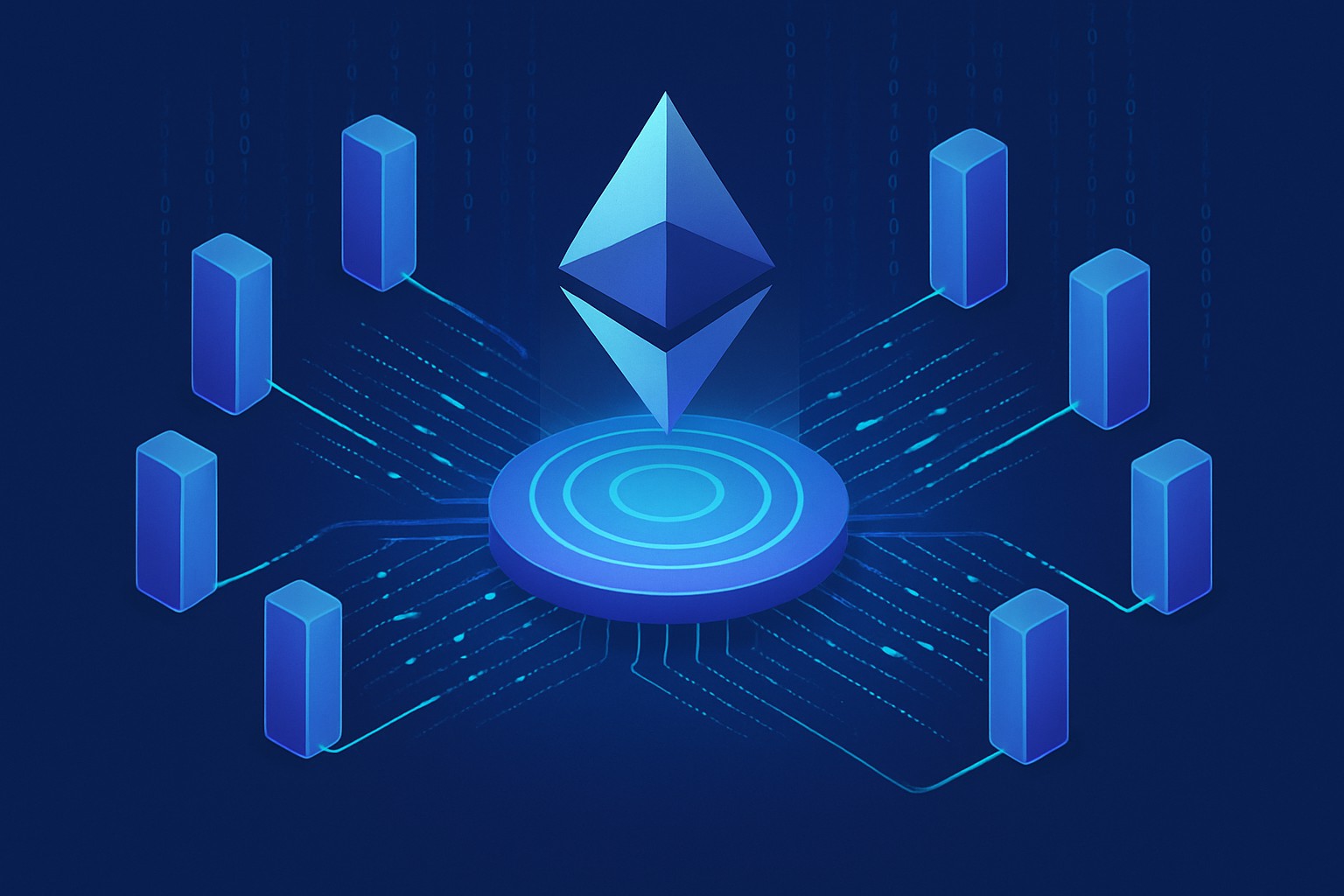
Ethereum 2.0 is a big leap forward from the original Ethereum blockchain. It is designed to tackle headaches like sluggish transaction speeds, sky-high fees and energy use that could make your utility bill cringe.
Getting to Know the Original Ethereum Chain and Its Roots
The original Ethereum blockchain kicked off back in 2015 as a decentralized platform where you could run programmable smart contracts and applications. It leans on proof-of-work mining to secure transactions and keep everyone on the same page but in my experience its design does put a bit of a damper on scalability.
- Ethereum is a decentralized platform that lets developers run smart contracts without needing any middlemen, cutting out the usual middleman hassle.
- It runs on a proof-of-work mining system where miners tackle some pretty tough puzzles to verify transactions, like a digital brain teaser marathon.
- Transactions on Ethereum get bundled up into blocks, which then line up one after another to form the blockchain—kind of like a never-ending chain of digital footprints.
- The network manages to handle around 15 to 30 transactions per second, which can sometimes cause a bit of a traffic jam.
- The proof-of-work approach guzzles a lot of energy, which understandably sparks plenty of debate about whether it’s truly sustainable in the long run.
So, what’s Ethereum 2.0 all about?
Ethereum 2.0, often nicknamed Eth2 or Serenity is a multi-step upgrade aimed at tackling some of Ethereum's trickiest challenges around scalability and security. It also addresses its environmental footprint. The upgrade zeroes in on swapping out proof-of-work for proof-of-stake, introducing shard chains and increasing transaction speeds.
- Proof-of-stake consensus slashes energy use dramatically by rewarding validators instead of miners, which is a win for both efficiency and the environment.
- Shard chains split the network workload across 64 parallel chains, giving throughput a much-needed boost without breaking a sweat.
- The Beacon Chain acts as the new consensus coordinator, running the show with proof-of-stake in a way that’s both elegant and effective.
- Parallel processing makes transactions quicker and cheaper—something users definitely appreciate.
- Ethereum 2.0 builds a more secure and decentralized blockchain, laying the groundwork for future applications that need both speed and trustworthiness.
Proof-of-Work and Proof-of-Stake Getting to Grips with the Core Difference
The original Ethereum operates on proof-of-work where miners use their computing power to race in validating transactions. Ethereum 2.0 takes a different route with proof-of-stake and picks validators based on the amount of ETH they put up as collateral.
| Feature | Proof-of-Work (Ethereum 1.0) | Proof-of-Stake (Ethereum 2.0) |
|---|---|---|
| Energy Usage | Off the charts thanks to the massive computing power needed | Way more energy-friendly since the heavy lifting miners used to do is no longer required |
| Hardware Requirements | Demands specialized, often pricey mining gear | Just about any standard computer can pitch in as a validator |
| Decentralization Impact | Often ends up with mining power clustered in big pools | Encourages a wider group to get involved through staking, spreading the love more evenly |
| Transaction Speed | Moves at a snail’s pace (~15 TPS) | Much nimbler, thanks to shard chains and parallel processing that help things zip along |
| Security | Locked down by the tough mining difficulty | Kept safe through staked collateral and penalty systems that keep actors honest |
Understanding Ethereum 2.0 with the Beacon Chain and Shard Chains A Deeper Dive into the Blockchain Buzz
Ethereum 2.0 rolls out the Beacon Chain, a brand-new core that takes care of validators and keeps the whole network in sync using proof-of-stake. Throw in shard chains—basically several smaller chains running side by side—and you’ve got a system that splits up the workload like a well-oiled team.
- Keeping tabs on validators and making sure consensus stays rock solid by leaning on staking.
- It randomly picks validators to propose and confirm blocks which keeps things fair and tightens security with no favorites.
- Shard chains split the network into 64 parallel chains all chugging along simultaneously to handle transactions.
- This setup gives the network a serious boost in capacity and throughput like opening multiple lanes on a busy highway.
- Together these pieces gel perfectly letting Ethereum 2.0 scale up smoothly while still holding onto that prized decentralization.
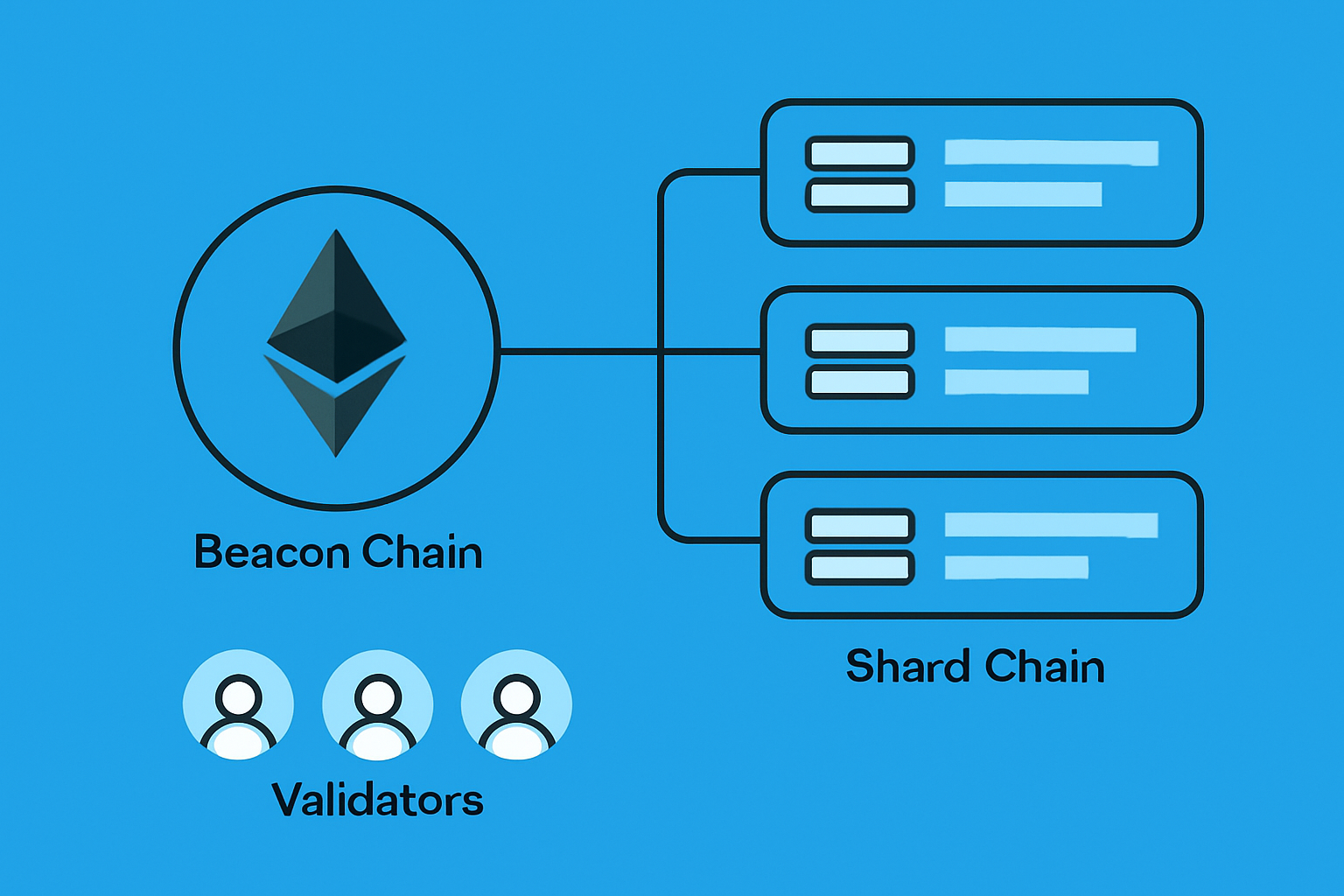
The Big Leap from Ethereum 1.0 to 2.0
Ethereum 2.0 is rolling out in carefully planned stages to ensure the switch from the original chain happens without a hitch. It kicks off with the Beacon Chain then makes the leap to merge Ethereum 1.0’s mainnet with the shiny new proof-of-stake chain. Finally, it wraps up by adding shard chains to boost scalability.
Phase 0 kicked off with the Beacon Chain launch in December 2020, introducing proof-of-stake consensus—a real game changer.
Phase 1 aims to roll out shard chains that work behind the scenes to process transactions side by side and give Ethereum a much-needed boost in capacity.
Phase 1.5 merges the original Ethereum mainnet with the Beacon Chain to complete the long-awaited switch to proof-of-stake.
Phase 2 puts the finishing touches on shard chain features and empowers them to handle smart contracts and data independently—like giving them their own set of keys to the kingdom.
Why Upgrading to Ethereum 2.0 Truly Makes a Difference
Ethereum 2.0’s upgrades are tackling the growing demand and environmental headaches head-on. By increasing scalability and reducing energy consumption, while beefing up network security and making staking accessible to more people, Eth2 is set on keeping Ethereum a rock-solid platform for decentralized applications.
- Proof-of-stake slashes Ethereum's energy consumption by more than 99% and gives environmental concerns a much-needed breather.
- Shard chains seriously ramp up transaction capacity and make those dreaded congestion and waiting times a thing of the past.
- Lower fees open the door wider for everyday individuals to jump into the world of dApps, DeFi and NFTs without breaking the bank.
- Security gets a real boost since shady moves put staked ETH on the line and nudge everyone to play fair and square.
- Staking lets users pocket rewards without the headache or expense of pricey mining gear—definitely a win-win.
"Upgrading Ethereum 2.0 is a bit like turning a jam-packed two-lane road into a smooth, multi-lane highway. It cuts down on the bottlenecks, cranks up the speed, and gracefully handles way more users without breaking a sweat. In my experience, that kind of upgrade feels as good as a breath of fresh air."
Challenges and Criticisms Surrounding Ethereum 2.0 What’s Keeping People Up at Night
Although Ethereum 2.0 brings clear advantages to the table, it hasn’t escaped criticism and hurdles. We’re talking about ongoing delays, the complex revamped system, concerns about validator centralization, and skepticism about whether full shard integration will live up to the promise of high scalability
- The rollout of Ethereum 2.0 has been a bit slower than many individuals initially hoped for, leading to a fair share of frustration along the way.
- Large staking pools often raise eyebrows, sparking worries about centralization risks among validators.
- Moving existing applications over to shard chains usually turns out to be quite a technical headache.
- There’s still a bit of a gray area when it comes to the exact timeline for fully rolling out all shards.
- Developers have generally found themselves facing a steeper learning curve as they get to grips with the new Ethereum 2.0 protocols.
What Ethereum 2.0 Really Means for Users and Developers
Ethereum 2.0 brings practical upgrades to the table. Users get to stake their tokens and earn rewards, enjoy faster wallet-friendly transactions, and engage with dApps without the usual hiccups.
- Users can stake ETH to earn some passive income while lending a hand to keep the network humming smoothly.
- Transactions zip along faster and gas fees usually take a dip, making your interactions feel a whole lot slicker.
- Decentralized applications are better equipped to handle growth, welcoming more users and fresh features without breaking a sweat.
- Enhanced security means there’s a lower chance of nasty attacks putting user assets at risk, which is always a relief.
- Developers get to play with new tools and protocols that are tailor-made to mesh perfectly with Eth2's architecture, opening up some exciting possibilities.
Useful Links
Start Your Crypto Journey with Coinbase Today
Ready to enter the cryptocurrency market but unsure where to begin? Coinbase makes buying, selling, and storing digital assets simple and secure for beginners and experts alike.




